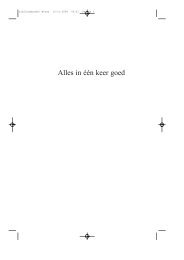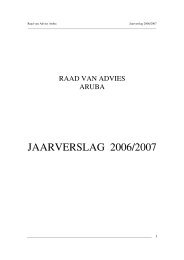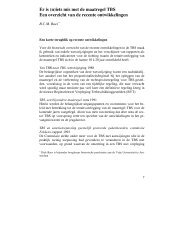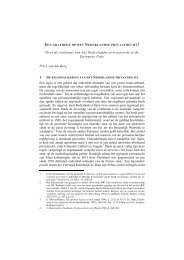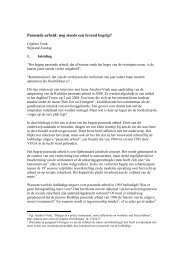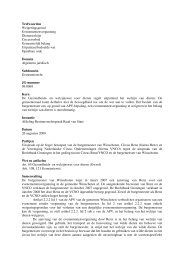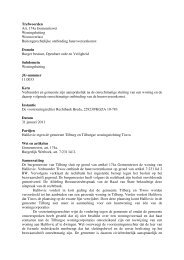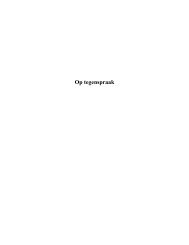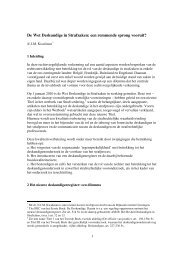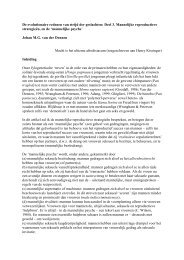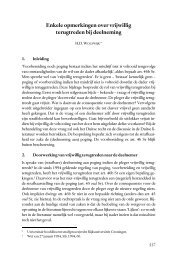Evaluatie embryowet - Rijksuniversiteit Groningen
Evaluatie embryowet - Rijksuniversiteit Groningen
Evaluatie embryowet - Rijksuniversiteit Groningen
Create successful ePaper yourself
Turn your PDF publications into a flip-book with our unique Google optimized e-Paper software.
ole in gamete donations that require an invasive intervention. Three research protocols have been<br />
examined in order to ascertain how the Act functions in relation to scientific research. To gain an insight<br />
into experiences of information provision and other protective measures, a survey was conducted<br />
among patients and donors of gametes and surplus embryos.<br />
The second part of the study was designed to provide an insight into Parliament’s intentions, the Act’s<br />
history and background (chapter 2), its scope (chapter 5), and the context at home and abroad (chapters<br />
3 and 4). With this in mind, preliminary discussions were held and published material (preexisting<br />
for the most part) was collected and examined.<br />
Part three of the study concerned new scientific developments and the future lifting of the ban on the<br />
creation and use of embryos specifically for scientific research and purposes other than establishing a<br />
pregnancy (chapters 7 and 8). The relevant medical technology developments were reviewed, interviews<br />
were conducted with experts in the fields of embryology, reproductive medicine, genetics and<br />
stem-cell research, and an ex ante analysis was done of possible future questions and dilemmas.<br />
The findings and provisional conclusions were presented at an expert meeting to a number of experts<br />
(including lay experts) and stakeholders, who shared their knowledge, experience and views.<br />
Findings and recommendations<br />
The general picture to emerge from the evaluation study is that the objective of the Act – to impose<br />
limitations on the use of gametes and embryos – is being achieved. The approach adopted in the Act<br />
is, broadly speaking, satisfactory. The balance between values and interests that was envisaged by<br />
Parliament is therefore being realised. The introduction of the Act has gone according to plan and, except<br />
in one respect, practical implementation has been a positive experience as far as compliance is<br />
concerned. It appears that scientists are complying well with the Act. However, the evaluation also<br />
revealed that the Act has not been sufficiently geared towards scientific developments and is creating<br />
barriers to research into key health problems. From the standpoint of scientific progress, the Act is<br />
proving incapable of providing an enduring framework.<br />
Several bottlenecks have also come to light. These relate partly to the way in which terms, procedures<br />
and prohibitory provisions have been formulated and partly to compliance with one particular section<br />
of the Act.<br />
General provisions<br />
The statutory definition of the term “gametes” raises the question as to whether artificial gametes<br />
and other functional equivalents of gametes also fall within the definition. It would be advisable to<br />
bring such gametes explicitly within the scope of the Act.<br />
The statutory definition of the term “embryo” gives rise to uncertainty over the meaning of this term.<br />
One question to be answered is whether the Act is applicable to non-viable embryos. If it is not, then<br />
this has important implications, not least for several prohibited procedures. On the other hand, the<br />
definition may be too broad, since it does not exclude an individual cell, with which it is possible, using<br />
advanced technology, to create an embryo.<br />
Given the protective purpose of the Act, it would be advisable to formulate a new definition that is<br />
geared specifically to what Parliament is seeking to protect. From a statutory perspective, there are<br />
18



